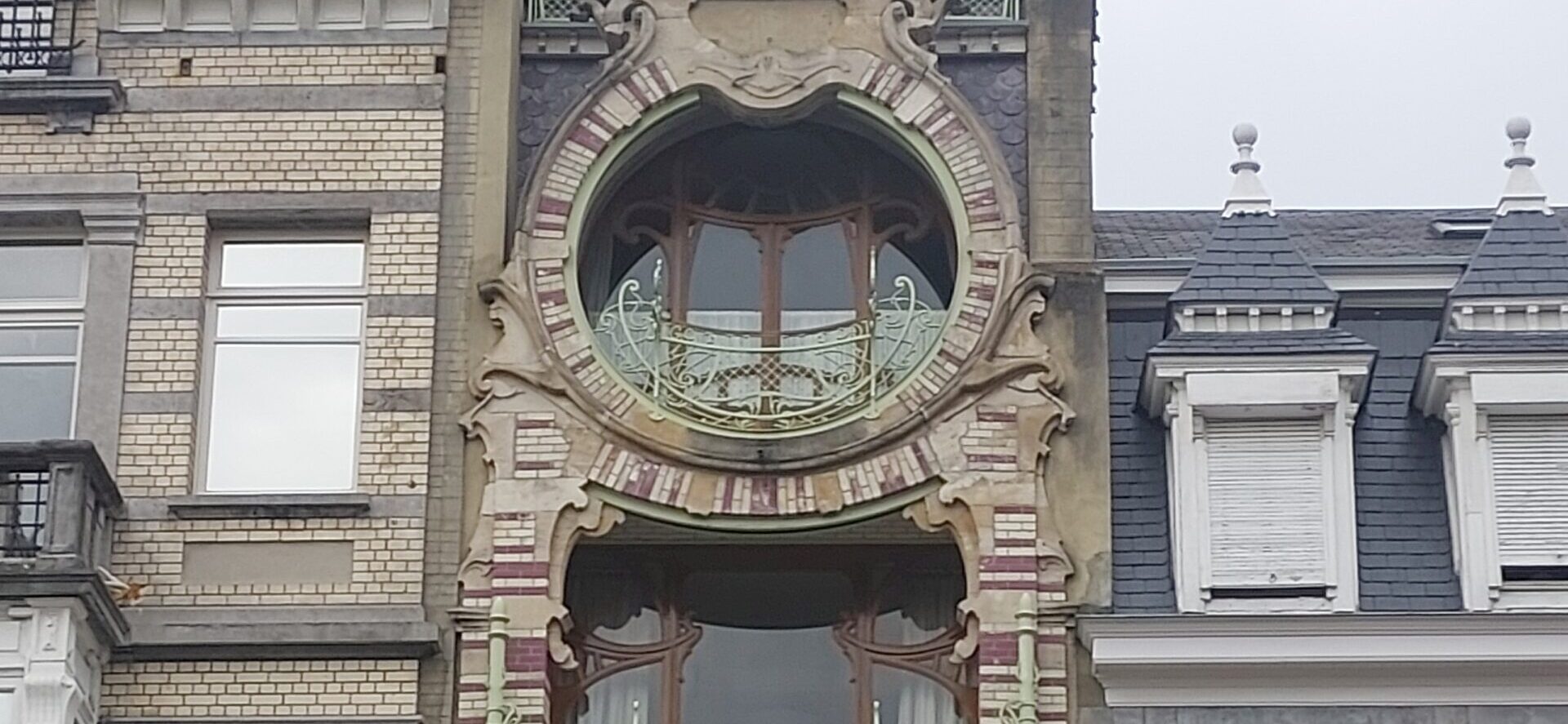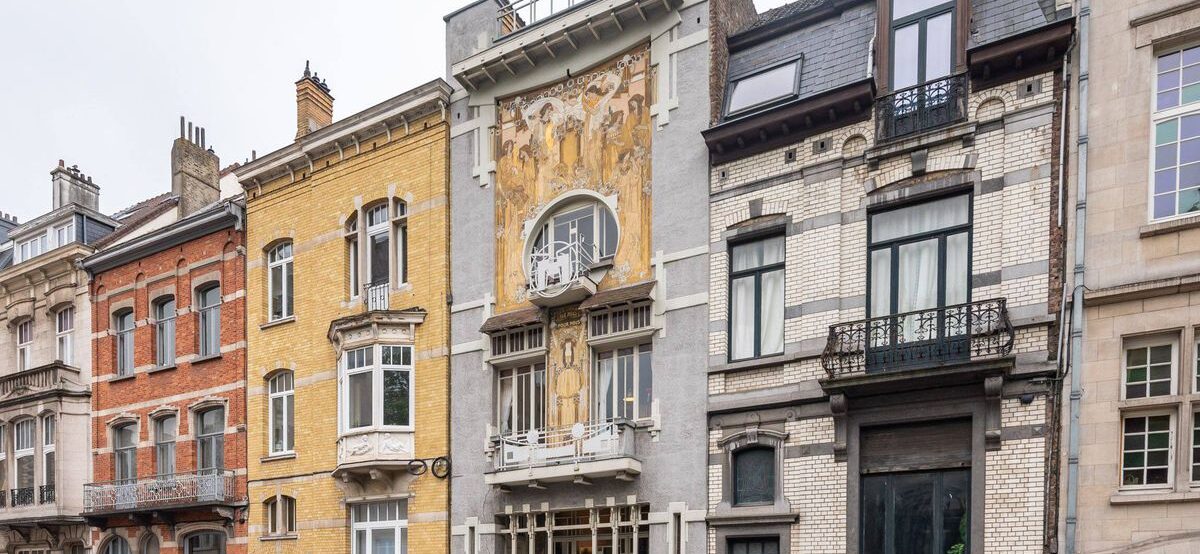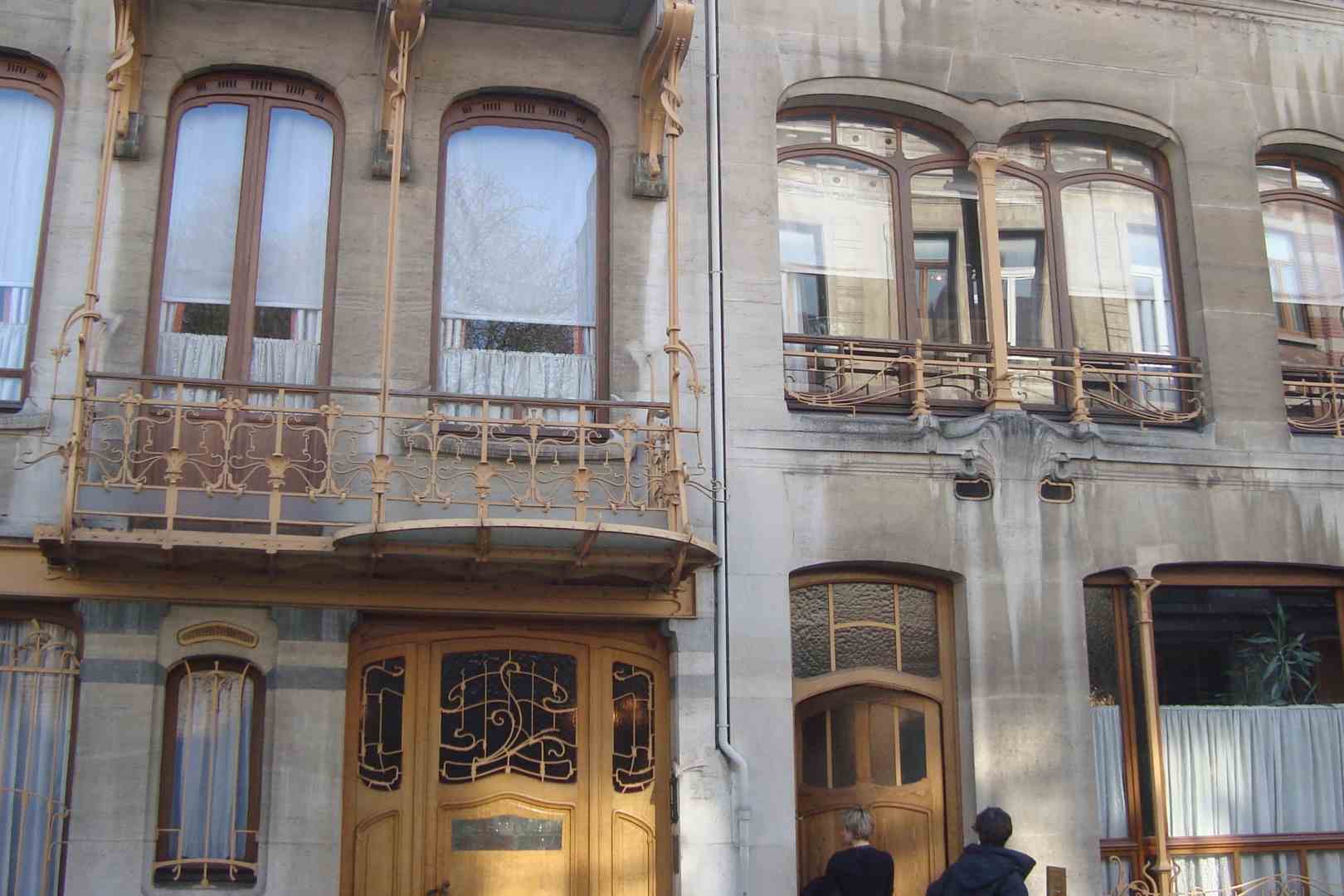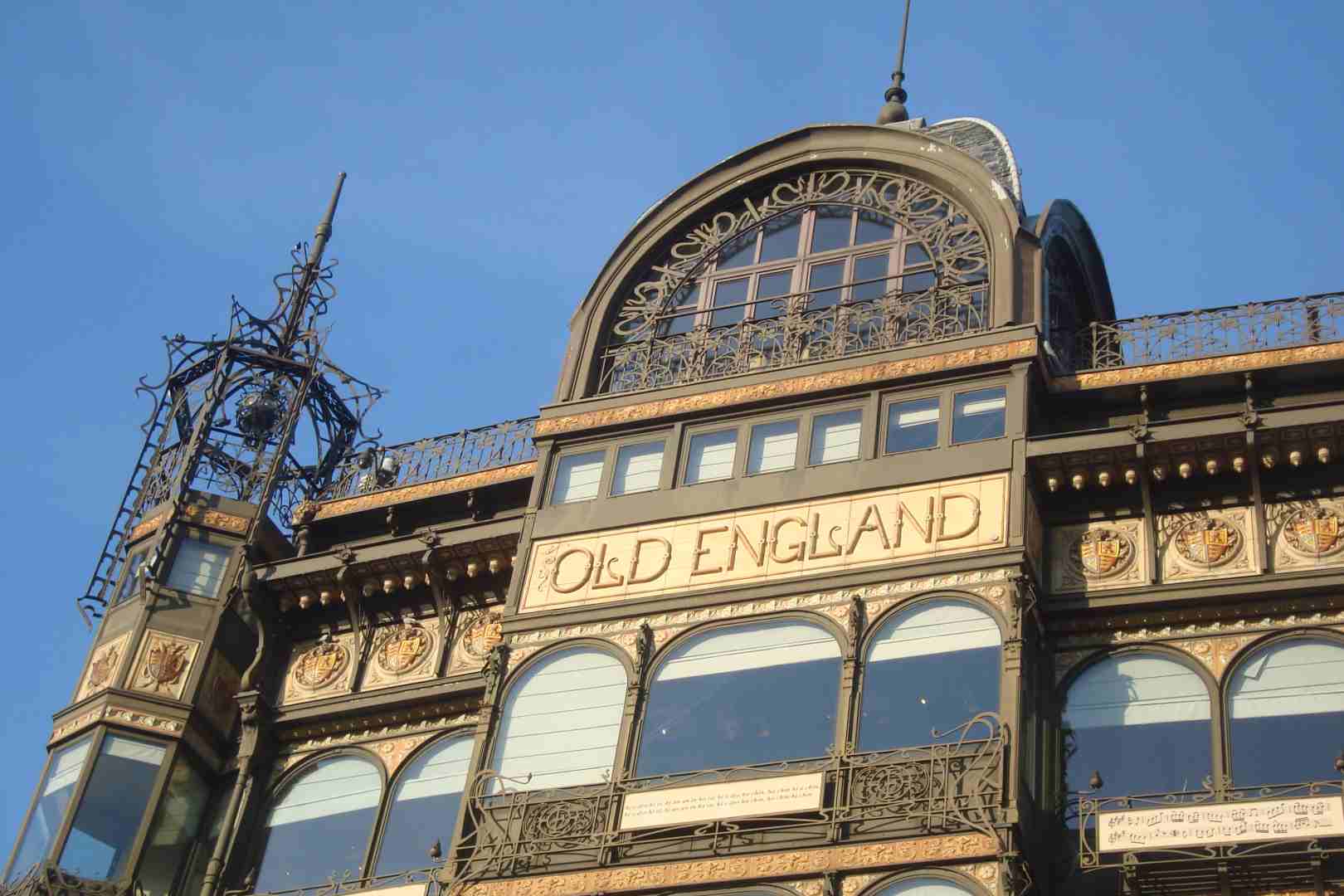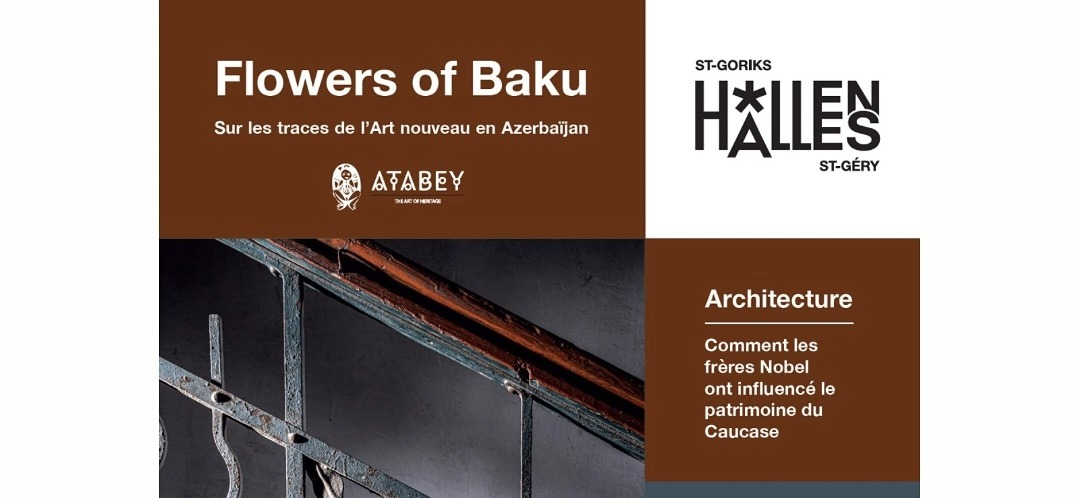The Maison Hannon stands as a newly opened and exceptional museum in Brussels, having commenced its public life on June 1, 2023. Located majestically at the intersection of Avenue Brugmann and Avenue de la Jonction in Saint-Gilles, this celebrated landmark has long been recognized for having one of Brussels’ most famous facades. Its opening represented a significant triumph, especially given its tumultuous past which saw it threatened with demolition.
The Maison Hannon is not merely a building; it is considered a symbolist work and “a total work of art“, where architecture and decoration are meticulously unified into an aesthetic harmony. It aims to become a flagship institution of Belgian Art Nouveau, joining the ranks of the Horta, Fin de Siècle, and Cinquantenaire museums. Brussels, indeed, holds a unique position in the Art Nouveau movement, as Belgium is recognized as its birthplace around 1890, and the city was notably highlighted as the capital of Art Nouveau in 2023.
A Testament to Passion and Resilience
The Maison Hannon was commissioned in 1902 (or 1903, with design work spanning 1904-1905) by Marie Debard and Édouard Hannon. Édouard Hannon, a distinguished engineer at Solvay and a prominent pictoralist photographer, along with his wife Marie, were passionate botanists and poets. Their home was designed to be a “house-portrait” reflecting their diverse interests, which included literature, antiquity, Japan, and botany. For this ambitious project, they enlisted their friend, the Belgian architect Jules Brunfaut. This was a remarkable departure for Brunfaut, who typically favored an eclectic style; for the Maison Hannon, he embraced Art Nouveau, drawing inspiration from the works of Victor Horta and Octave Van Rysselberghe, making this his sole creation in the Art Nouveau style.
The Hannons resided in their unique home until their deaths, and their daughter Denise continued to live there until 1965. Following her departure, the house tragically fell into decay and was almost torn down in the 1970s. Thankfully, it was protected as a heritage site in 1973 and later acquired by the municipality of Saint-Gilles in the late 1980s. For a period, from 1988 to 2014, it even housed the Contretype photography gallery. The journey to its current glory as a museum has been a lengthy one, with a comprehensive rehabilitation project initiated in 2011 and restoration campaigns commencing in 2016. The initial phase of restoration, completed for the June 2023 opening, focused on the facade, ground floor, and first floor, meticulously recreating the ground floor to its original state through extensive research and archival work. A further second campaign of restoration, operating as a “work in progress,” is slated to continue until 2030, coinciding with Belgium’s bicentennial. This restoration philosophy prioritizes both reversibility and durability, ensuring the building’s preservation for future generations while integrating contemporary concerns like energy efficiency where original elements are no longer present. A “crowd-giving” campaign was even launched to fund the facade’s restoration, inviting public participation.
A Symphony of Detail and Symbolism
The Maison Hannon is a treasure trove of fascinating architectural and decorative details, embodying the essence of the “art-total” concept where every element is designed for aesthetic coherence11. From the exterior, the house’s corner position allows for two asymmetrical facades, which playfully combine convex and concave lines and mix Euville stone with Silesian white brick and blue stone. A notable feature is the bas-relief “La Fileuse” (The Spinner), crafted in 1903 by Victor Rousseau, which adorns the chamfer and serves as an allegory for the passage of time. The main entrance features a door of reddish wood, distinguished by an organically carved handle designed by Émile Gallé himself. The windows, varying in size and shape, are distributed seemingly at random across the facade, their dimensions corresponding to the function of the rooms they illuminate. One of the most striking external features is the projecting bow-window on the Avenue de la Jonction side, which houses the winter garden.. Its curvilinear structure has been likened to a birdcage, and it originally allowed the Hannons to enjoy their plants in a warm, sunny indoor space even in winter. An exceptional glass roof, or verrière, on the Rue de la Jonction side, is particularly intriguing as its yellow stained glass nuances are designed to illustrate the course of the sun throughout the day.
Inside, the intimate atmosphere invites contemplation, with every architectural detail thoughtfully considered. Botanical inspiration is pervasive, found in the walls, floors, and the main staircase railing. Many walls are adorned with stunning frescoes in brown and bluish tones, rich with symbolisms created by the artist Paul Baudouin. The house’s famous staircase, a majestic mahogany structure, is particularly captivating. It boasts an immense fresco by the symbolist painter Paul Baudouin, a student of Puvis de Chavannes, depicting a sunset under a shower of rose petals. This fresco, alongside another in the smoking room, is unique for its historical theme, contrasting with the house’s prevalent floral motifs. The central hall’s floor is beautified with mosaics of classical influence, depicting holly leaves and geometric patterns that perfectly complement the wall fresco. The ground floor, meticulously reconstituted, features a luminous glass and metal greenhouse (the bow-window) where Mrs. Hannon tended her plants. The smoking room specifically contains a painted frieze by Paul-Albert Baudouin from 1904, illustrating allegorical figures within a landscape of fruit trees, and its stained glass features undulating vegetal designs in yellow hues. The house also housed a plaster reproduction of the Winged Victory of Samothrace in its greenhouse.
The interior design and furnishings were largely overseen by renowned artists. Édouard Hannon, an important patron of both Émile Gallé and Louis Majorelle, entrusted Gallé with the interior decoration, including crystal tableware, much of it specifically designed for the house in 1904. A fascinating detail is that the main decorative theme chosen by Gallé was umbels, fan-like flowers that originate from a common central axis
. Louis Majorelle later completed the furniture design in 1910. Though many of Gallé’s furniture pieces were donated to French museums, the Hannon descendants preserved nearly all of his lamps and some furniture, which can still be admired today. The first floor of the museum is dedicated to temporary exhibitions, with the inaugural “Art(s) nouveau(x) belge(s)” exhibition, running until June 5, 2024, showcasing decorative arts by other major Belgian Art Nouveau figures like Paul Hankar, Henry van de Velde, and Gustave Serrurier-Bovy.
The Maison Hannon is a profound experience, a detailed masterpiece that allows visitors to step into a meticulously crafted world where every detail tells a story of art, nature, and human passion. Currently, Grégory Van Aelbrouck serves as the conservator, dedicating his energy to the restoration and preservation of this classified monument, even reportedly incorporating some of his own furniture into the exhibitions to enhance the space. The museum’s continuous efforts to restore and showcase its unique beauty solidify its place as a must-visit for any admirer of Art Nouveau. For those planning a visit, the museum is located at Avenue de la Jonction 1, 1060 Saint-Gilles, Belgium. Admission costs 14€ for visitors over 26 and 6€ for those between 12 and 26, with online reservations recommended due to the building’s intimate size. The opening hours vary slightly across sources, but generally, it is open on weekdays (except Tuesdays) from 11:00 to 18:00, and on weekends from 10:00 to 18:00. The official website, www.maisonhannon.be, provides further details. The Maison Hannon truly is a remarkable testament to the enduring allure and intricate artistry of the Art Nouveau movement.
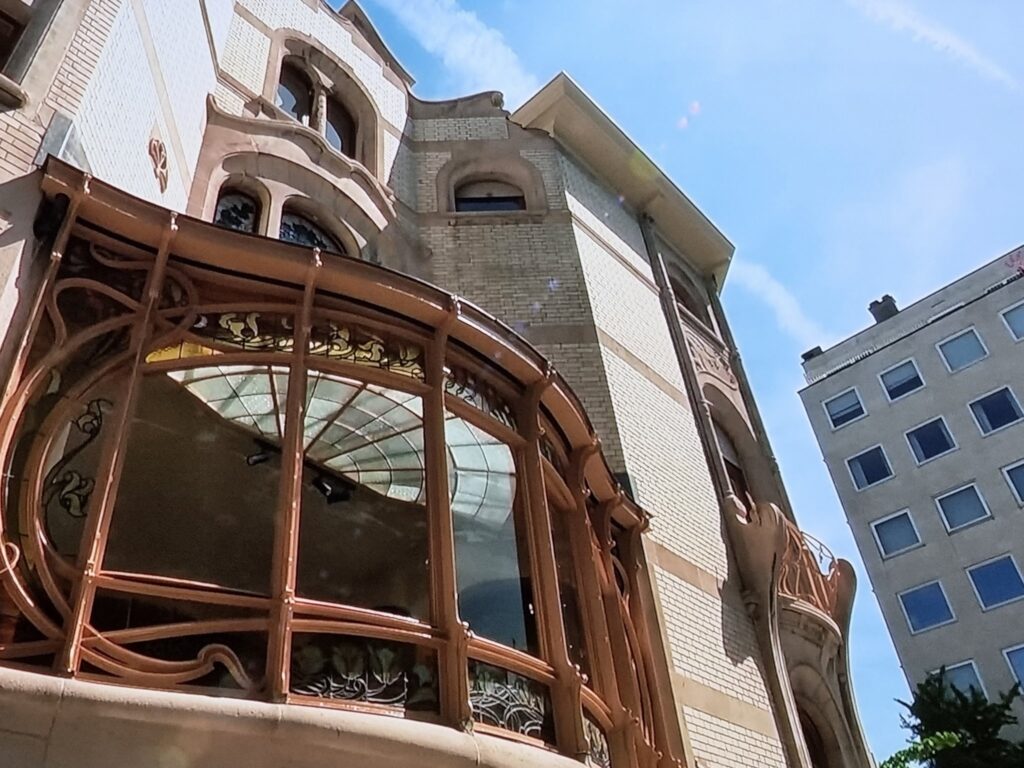
More about Brussels
Brussels is a treasure trove of architectural wonders, especially for lovers of Art Nouveau. The city’s landscape is dotted with exquisite examples of this organic and elegant style, from grand facades to hidden gems nestled in quiet neighborhoods. One of the most iconic buildings is the Maison Hannon, recently restored and open to the public, blending Belgian and French Art Nouveau influences with exceptional artistry. But this is just the beginning—Brussels boasts a wide array of architectural masterpieces designed by legends such as Victor Horta, Paul Hankar, and Gustave Strauven. Horta’s Hôtel Tassel, Hôtel Solvay, and Maison Autrique are must-sees for their intricate ironwork and flowing interior spaces. Beyond the well-known structures, there are countless townhouses, shops, and even lampposts bearing the sinuous curves and botanical motifs characteristic of the movement. Each corner of the city seems to whisper stories from the past, making Brussels a living museum for architectural explorers.
Exploring a city as layered and historically rich as Brussels is best done with the guidance of someone who truly understands its nuances. A private guide offers not just convenience, but depth—bringing to life the hidden narratives behind facades and monuments. One particularly compelling experience we offer is our private tour focused on the influence of colonialism on Art Nouveau in Brussels, which you can explore here. This tour delves into how Belgium’s colonial ambitions in the Congo shaped the development of the Art Nouveau aesthetic, particularly in its use of exotic motifs and materials. It’s inspired by our thought-provoking article, “The origins of art nouveau and Belgium’s colonial past: A complex intersection”, published last year. This experience encourages visitors to look beyond surface beauty and engage with the complex historical forces that influenced the art and architecture we admire today.
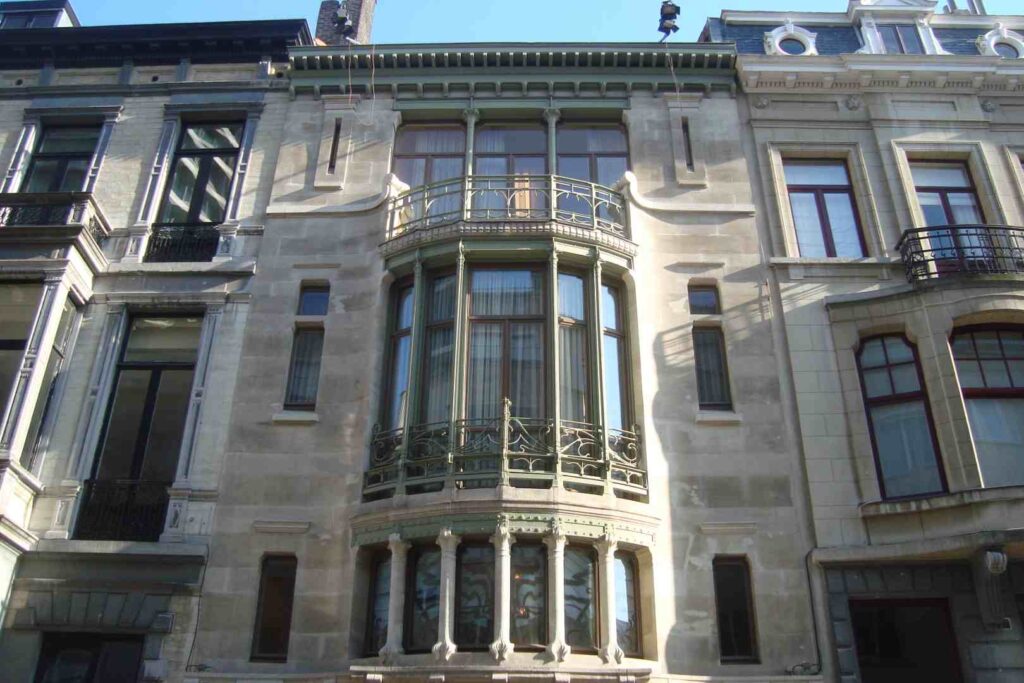

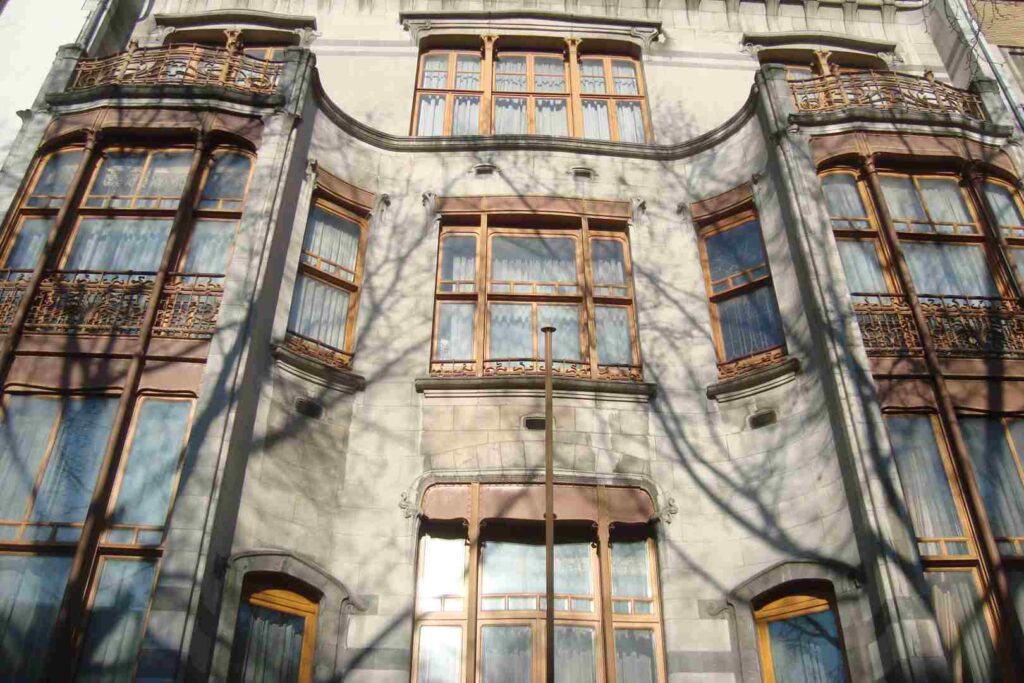

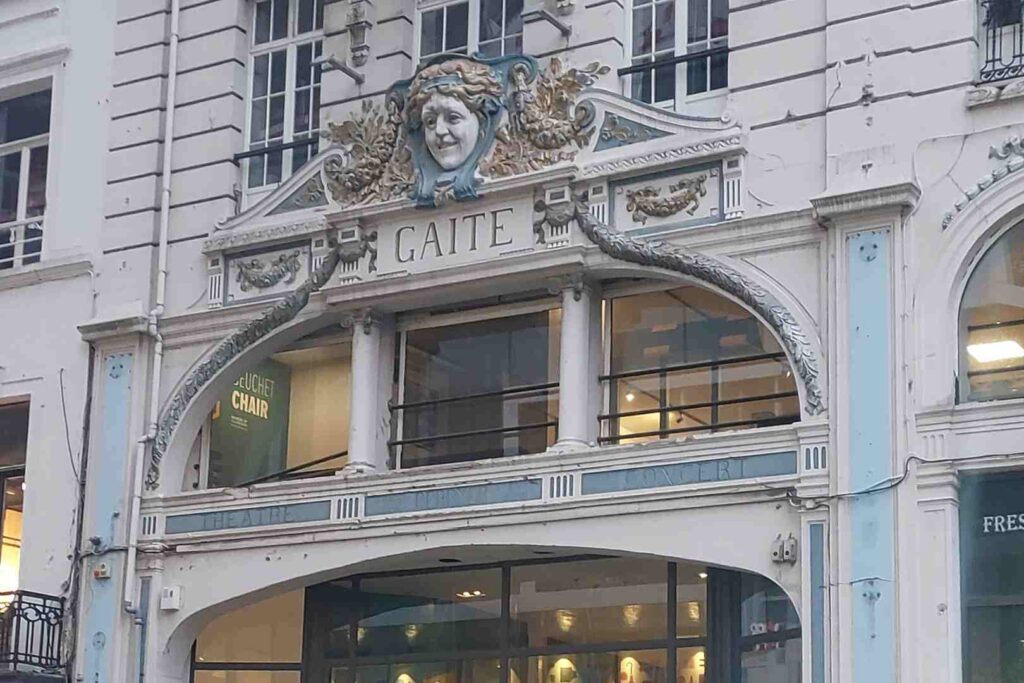

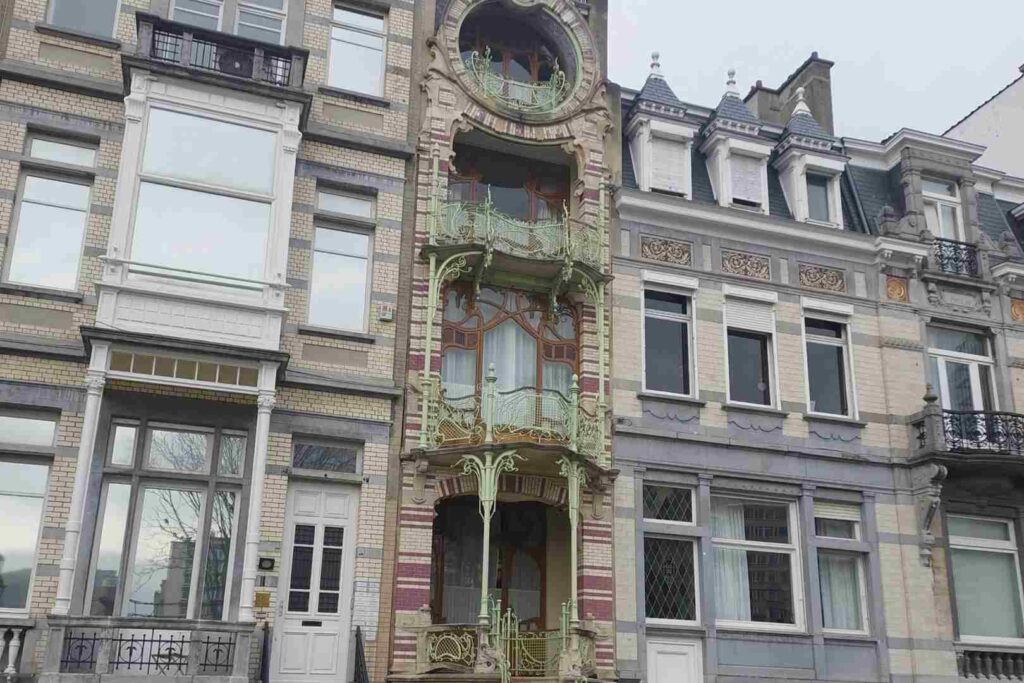

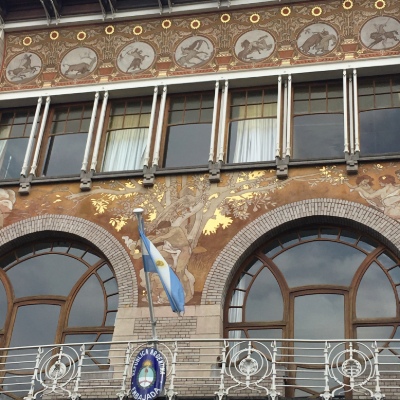

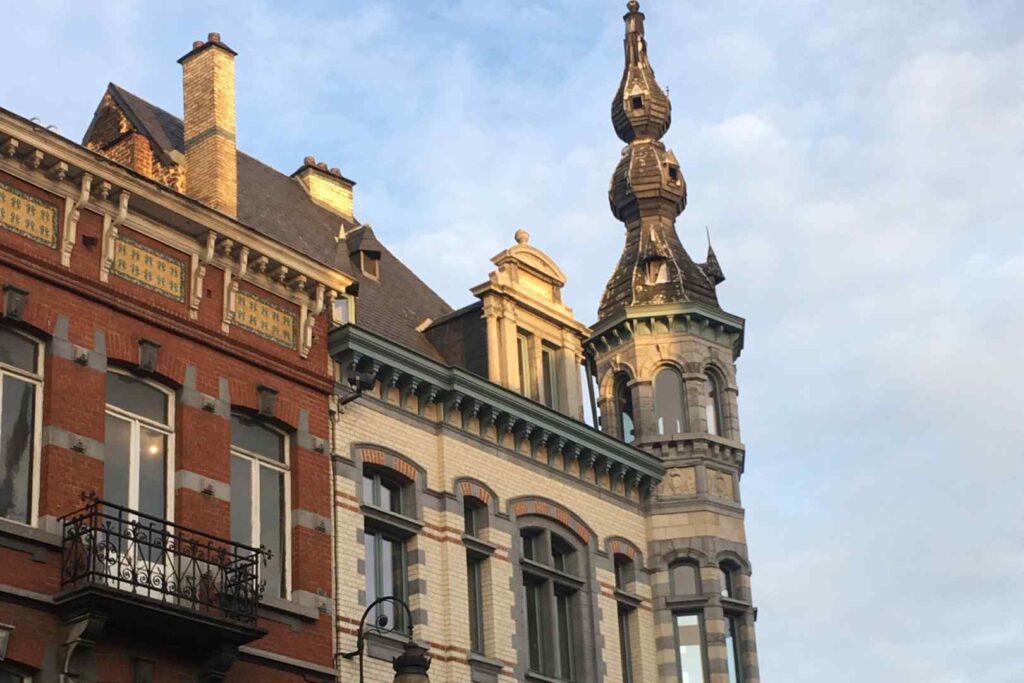

To stay updated on all things Art Nouveau in Brussels—from exhibitions and events to new discoveries—be sure to visit our dedicated Brussels city page here. It’s the go-to resource for travelers and locals alike who want to dive deeper into the city’s cultural heartbeat. And 2025 is shaping up to be an especially exciting year, as Brussels will be celebrating the Art Deco Centenary, honoring 100 years of this bold and glamorous design movement. Learn more about this year-long celebration here. If you’re planning an event with a cultural dimension, whether a talk, walk, or exhibition, don’t hesitate to get in touch with us via the city page here—we’d love to help bring your ideas to life in one of Europe’s most inspiring cities.


